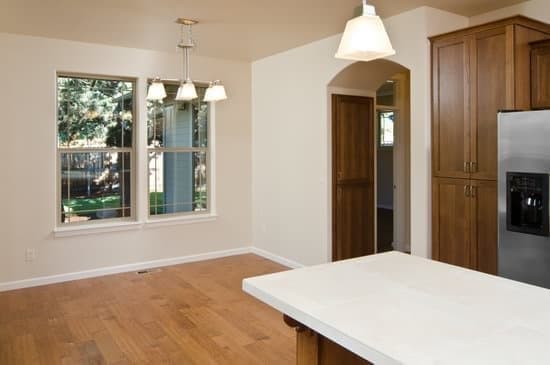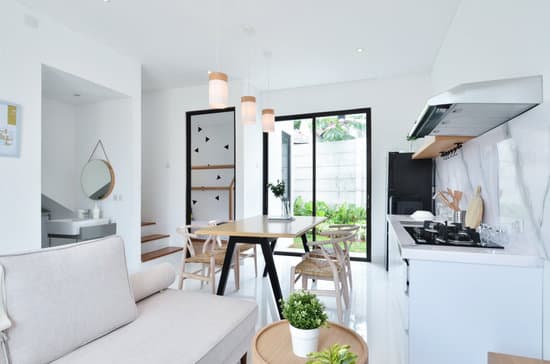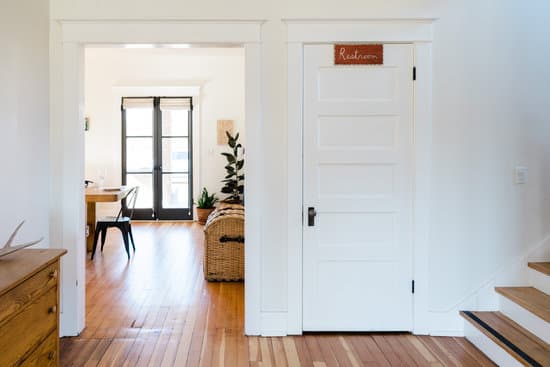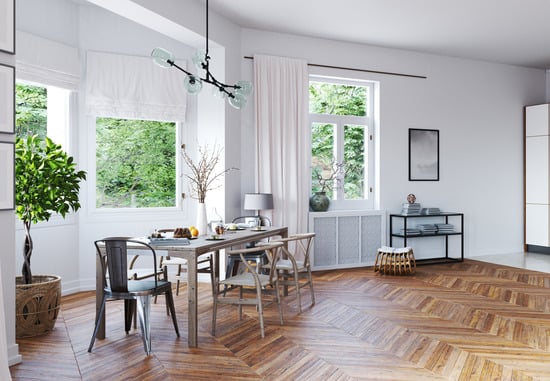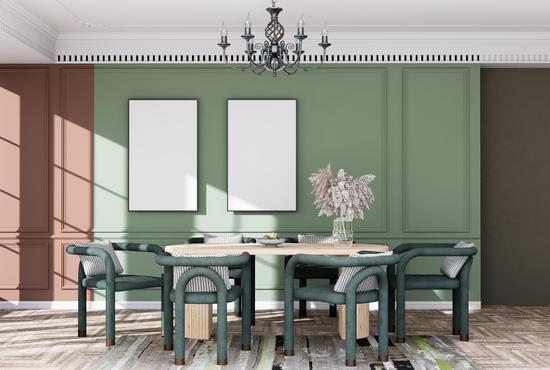Looking to elevate the ambiance of your dining room? Choosing the right chandelier can make all the difference. In this article, we’ll guide you through the process of selecting a dining room chandelier that not only complements your decor and style but also meets your lighting needs. From determining the appropriate size to exploring different types of chandeliers, we’ll help you find the perfect fixture to enhance your dining experience. Get ready to dine in style and safety!
Consider Your Dining Room Decor and Style
Consider your dining room decor and style when choosing a chandelier. This is important for both aesthetic purposes and safety concerns. Start by considering the color scheme of your dining room. If you have a neutral color palette, you may want to choose a chandelier that adds a pop of color to the space. On the other hand, if you have bold or vibrant colors in your dining room, it’s best to opt for a more subtle chandelier that complements the existing decor. Another factor to consider is the shape of the chandelier. A round or rectangular table calls for a linear or rectangular-shaped chandelier, while a square table would benefit from a circular fixture. By taking into account these aspects of your dining room’s decor and style, you can select a chandelier that not only enhances the overall look but also ensures safety in your space.
Determine the Appropriate Size for Your Chandelier
To find the right fit for your space, it’s important to measure the dimensions of your dining area. Start by calculating the height of your ceiling. A chandelier that hangs too low can be a safety hazard, especially if you have tall guests or children running around. Next, consider the size of your dining table. As a general rule, the diameter of your chandelier should be about half to two-thirds of the width of your table. This ensures that the light is evenly distributed and doesn’t overpower the room. Lastly, think about selecting a style that complements your dining room decor. Whether you prefer a modern crystal chandelier or a more traditional brass fixture, make sure it blends seamlessly with your overall aesthetic. By following these steps and considering both safety and style, you’ll be able to choose the perfect dining room chandelier for your home.
Explore Different Types of Chandeliers
Take a look at the various styles of chandeliers available to discover which one best suits your taste and complements your dining area. Crystal chandeliers are a popular choice for those seeking elegance and sophistication. They add a touch of glamour to any dining space, with their sparkling crystals that reflect light beautifully. These chandeliers come in various sizes and designs, from traditional to contemporary, allowing you to find the perfect fit for your dining room. On the other hand, modern chandeliers offer a sleek and minimalist look that is ideal for those who prefer a more contemporary style. They often feature clean lines, geometric shapes, and metallic finishes that create a chic and stylish atmosphere in your dining area. Whether you prefer classic or modern aesthetics, there is surely a chandelier out there that will enhance the beauty of your dining room while providing ample lighting.
Understand the Lighting Needs of Your Dining Area
Figure out how much lighting your dining area needs by considering the size and layout of the space. The right amount of lighting is crucial to create a safe and comfortable environment for dining. Start by assessing the natural light available in your dining room. If there are large windows or skylights, you may need less artificial lighting during the day. Next, think about the size of your dining table and how many people it can accommodate. A larger table will require a chandelier with higher wattage to provide adequate illumination for everyone seated around it. Additionally, consider the overall ambiance you want to create in your dining room. Different lighting fixtures can contribute to different moods, so choose a chandelier that complements the style and atmosphere you desire.
Find the Perfect Chandelier to Enhance Your Dining Experience
Enhance your dining experience by selecting a chandelier that complements your style and creates the perfect ambiance. When choosing a chandelier, consider the size and height of your dining area to ensure it fits proportionally. Opt for a chandelier that provides enough light without being too bright or overpowering. Look for fixtures with dimmable options, allowing you to adjust the lighting based on different occasions and moods. Additionally, consider the material and design of the chandelier to match your overall dining room decor. Choose a fixture that is easy to clean and maintain, ensuring its longevity. Remember to follow safety guidelines when installing the chandelier by hiring a professional electrician if needed. With careful selection, your chosen chandelier will elevate your dining experience while providing a warm and inviting atmosphere for you and your guests.
Conclusion
Now that you have considered your dining room decor and style, determined the appropriate size for your chandelier, explored different types of chandeliers, and understood the lighting needs of your dining area, it’s time to find the perfect chandelier to enhance your dining experience. Remember to choose a chandelier that complements your overall design scheme and provides adequate lighting for your space. With these considerations in mind, you will be able to select a stunning chandelier that will elevate the ambiance of your dining room. Happy shopping!

